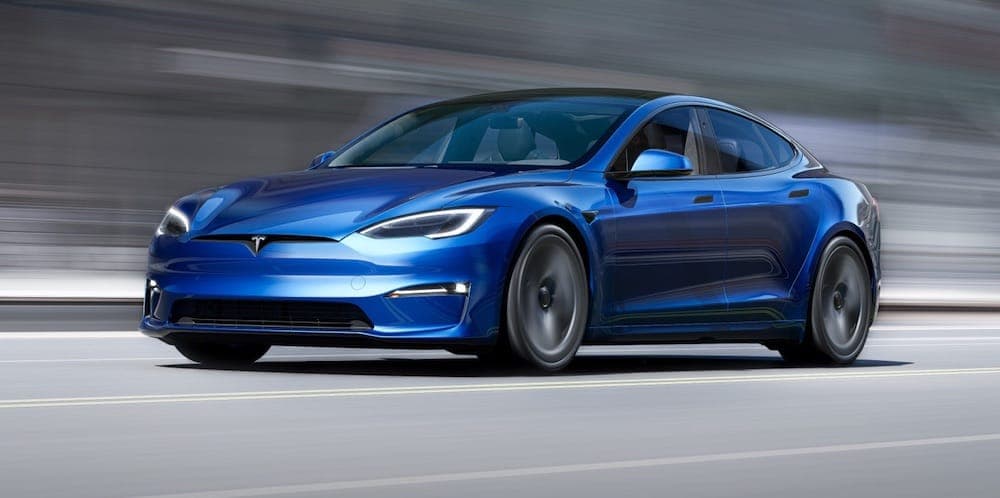Tesla Model S

Range (WLTP)
320 km
Battery Size
60 kWh
Variants
Performance
0-100 km/h
—Total Power
—Torque
—Top Speed
—Drive
RWDRange & Efficiency
WLTP Range
320+ kmWLTP Consumption
—Highway Range
250 kmYour Real Range
Calculate Battery & Charging
Battery (nominal)
60+ kWhBattery (usable)
60+ kWhBattery type
NCAAC Charging
—DC Charging
—Vehicle-to-Load (V2L)
NoDimensions & Weight
Length
—Width
—Height
—Ground Clearance
135 mmWeight
2183 kgShape
Large SedanSeats
5Storage & Towing
Boot Space
793 LBoot Space (Max)
—Frunk
—Towing (Braked)
—Towing (Unbraked)
—How many Tesla Model S have been sold in NZ?
There have been 652 registered to date (including 290 used imports).
Tesla Model S registrations
Monthly units (includes new and used import)
